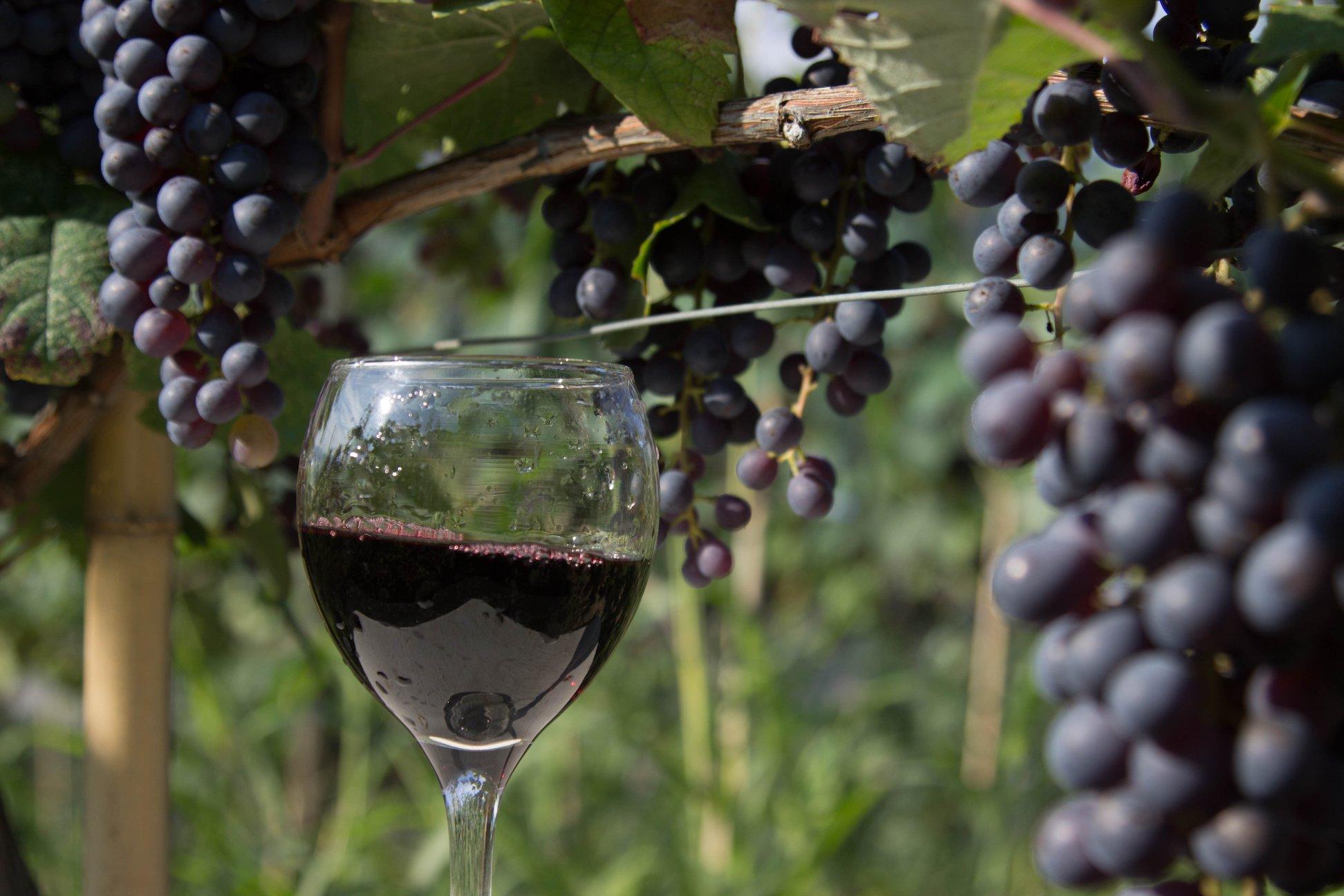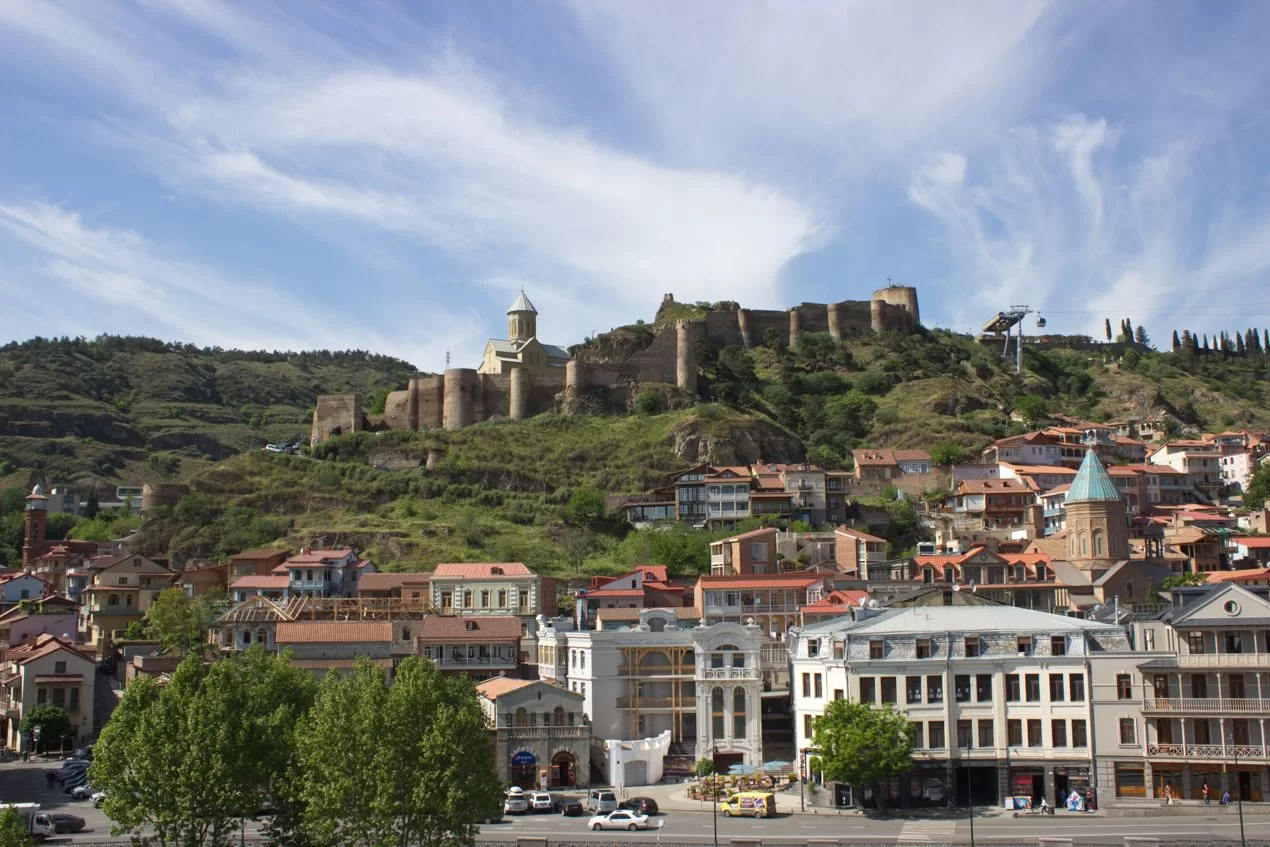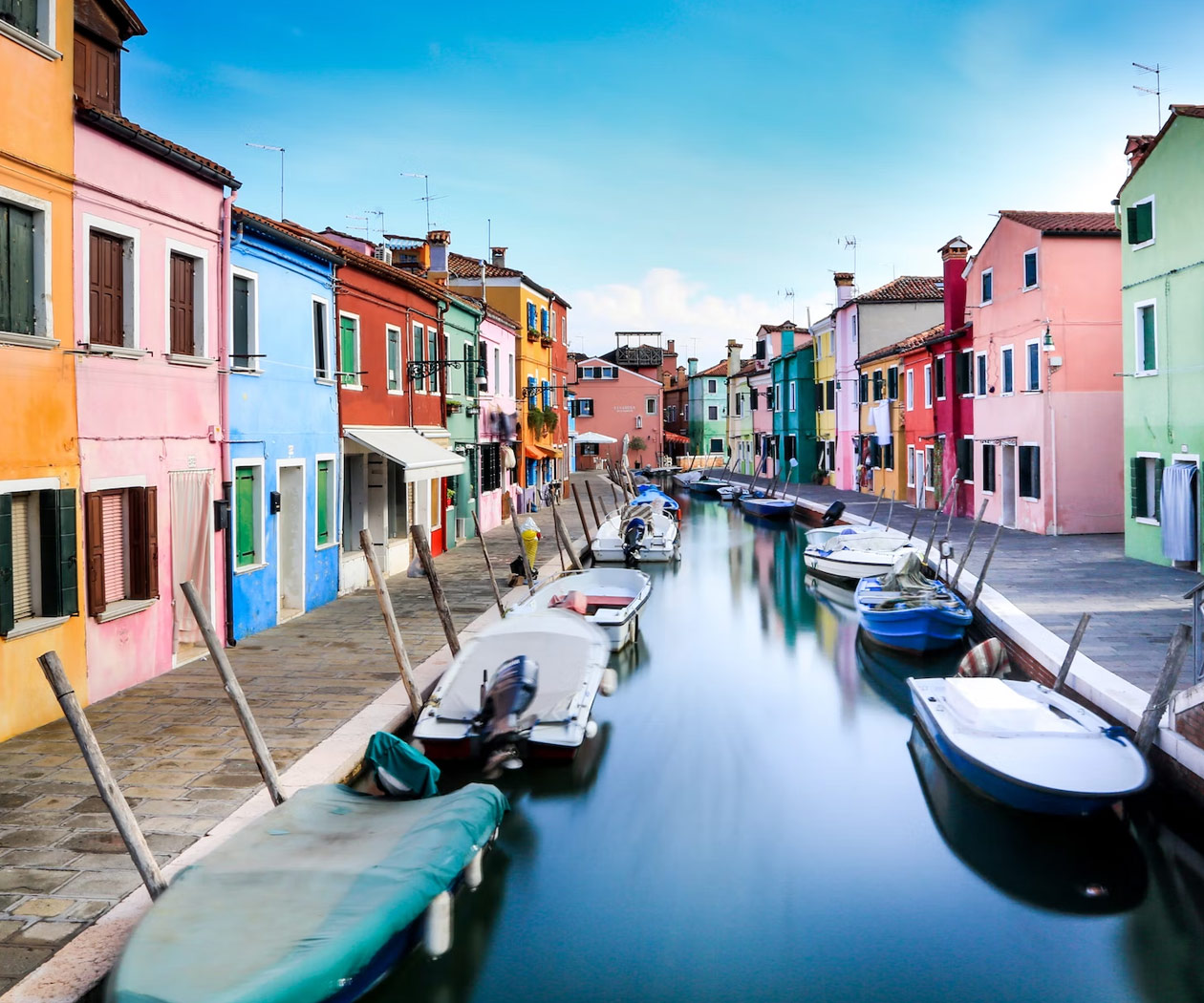
Premium & Incredible Tour Packages with Hotel Stays!
Western Georgia Wine Tour: Discover Georgia’s Rarest Wines
Price for one tour per person
$
tour features
Tour Duration: 5 Days
Tour Location:Imereti, Racha-Lechkhumi
Tour highlights:
Tour is available Whole year
While the world discovers Kakheti’s Saperavi and Rkatsiteli, Western Georgia guards wine secrets that even many Georgians haven’t tasted. This is where Georgia’s most expensive wine grows on a single mountain slope, where semi-sweet reds preceded European dessert wines by millennia, and where family winemakers still cultivate grape varieties that exist nowhere else on earth.
This five-day journey takes you deep into the humid, mountainous regions of Racha, Lechkhumi, and Imereti territories that produce wines as different from Eastern Georgia as Burgundy is from Rioja. You’ll cross mountain passes at 1,500 meters, drive rutted roads to remote vineyards, taste wines that cost €200 per bottle in Tbilisi restaurants, and meet winemakers whose families have cultivated the same slopes for centuries.
This isn’t a tour for those seeking comfort and predictability. It’s for wine lovers who want to taste something genuinely rare, travelers who appreciate that the best experiences require effort, and anyone curious about why Georgia’s western wines remain one of the country’s best-kept secrets.
Why Western Georgia Wines Are Different
Geography creates personality in wine, and Western Georgia’s geography couldn’t be more different from Kakheti’s sun-drenched valleys. Here, the Caucasus Mountains trap humid air from the Black Sea, creating a subtropical climate where vines grow lush and grapes develop differently. While Kakheti produces bold, tannic dry wines perfect for qvevri aging, Western Georgia naturally produces semi-sweet wines not through added sugar, but from grapes so rich in natural sugars that they retain sweetness even after fermentation.
The Racha-Lechkhumi region specializes in naturally semi-sweet wines that earned international recognition in the 19th century when Russian aristocrats declared Khvanchkara their favorite. Stalin’s preference for Khvanchkara made it famous, but the wine’s quality keeps it relevant. Small production volumes mean these bottles rarely leave Georgia, and when they do, prices reflect their scarcity.
Usakhelauri, grown only on the western slopes of Khvamli Mountain in microclimates so specific that attempts to cultivate it elsewhere have failed, produces Georgia’s most expensive wine. A single bottle can cost 300-500 GEL (€100-180) in Tbilisi. The grapes require intensive hand labor, yields are tiny, and the resulting wine is deep red, aromatic, and naturally sweet tasting like nothing else. Its Georgian name means “nameless,” though whether this refers to its rarity or its indescribable character remains debated.
Tvishi, another naturally semi-sweet white wine, comes from Tsolikauri grapes that thrive in Lechkhumi’s narrow gorges. Delicate, floral, balanced, it’s the wine that converts people who claim they don’t like sweet wines. Production stays small, quality remains high, and outside Lechkhumi itself, finding authentic Tvishi requires effort.
Western Georgia Wine Western Georgia WineTour Highlights
5-Day Detailed Itinerary
What’s Included
✓ Professional guide throughout the tour (English-speaking, with deep wine and regional knowledge)
✓ Private transportation in comfortable 4WD vehicle suitable for mountain roads
✓ 4 nights accommodation at wineries and guesthouses (double/twin rooms with private bathrooms)
✓ All meals: 4 breakfasts, 5 lunches, 4 dinners
✓ Wine tastings at all visited wineries (approximately 15-20 different wines over 5 days)
✓ Entrance fees to all cultural sites (Bagrati Cathedral, Gelati Monastery, Nikortsminda Church)
✓ Off-road excursions to Mount Orkhvi and Usakhelauri vineyards
✓ Waterfall visits and Okatse Canyon entrance
What’s Not Included
✗ Transportation to/from Kutaisi (can be arranged separately from Tbilisi or Batumi)
✗ Wine purchases beyond included tastings
✗ Personal expenses and additional alcohol
✗ Travel insurance (recommended)
✗ Tips for guide and driver (optional but appreciated)
Duration: 5 days, 4 nights
Start/End: Kutaisi
Group Size: Small groups (4-8 people) or private arrangements available
Difficulty: Moderate—requires comfort with mountain roads, some uneven terrain, and rural accommodations
Best Season: May-October for optimal weather; September-October for harvest season
Language: English (Russian, German available on request)
Suitable For: Wine enthusiasts, adventure travelers, photographers, cultural explorers
Physical Requirements: No hiking required, but expect walking on uneven ground at wineries and waterfalls. Mountain driving doesn’t suit those with severe motion sickness. Accommodations are comfortable but rural—not luxury hotels.
What to Bring: Comfortable walking shoes, light rain jacket (Western Georgia is humid), layers for temperature variation, camera, sunscreen, personal medications, and enthusiasm for rare wines.
Wine Purchases: Most wineries sell bottles directly, though some rare wines (especially Usakhelauri) have limited availability. Prices range from 25-300 GEL per bottle depending on wine. Guide assists with purchases and shipping arrangements if needed.
Why This Tour is Special
Most Georgia wine tours follow well-worn paths through Kakheti’s Alazani valley, visiting the same wineries that accommodate buses daily. This tour goes where buses can’t follow, to regions producing wines that rarely leave their home valleys, meeting winemakers who work outside commercial tourism.
You’ll taste wines that cost €200 per bottle in fine restaurants, made in quantities so small that export remains impossible. You’ll understand why Western Georgia’s climate produces naturally sweet wines that predate European traditions by millennia. You’ll drive roads that test vehicles and drivers, cross passes that reveal Georgia’s mountain geography, and eat meals at family tables where hospitality remains genuine rather than performative.
This is wine tourism for those who measure success not in number of wineries visited but in depth of understanding gained, who value authenticity over comfort, and who seek experiences that can’t be replicated anywhere else.
Ready to discover Georgia’s rarest wines? Contact us to check availability and reserve your Western Georgia wine adventure.





